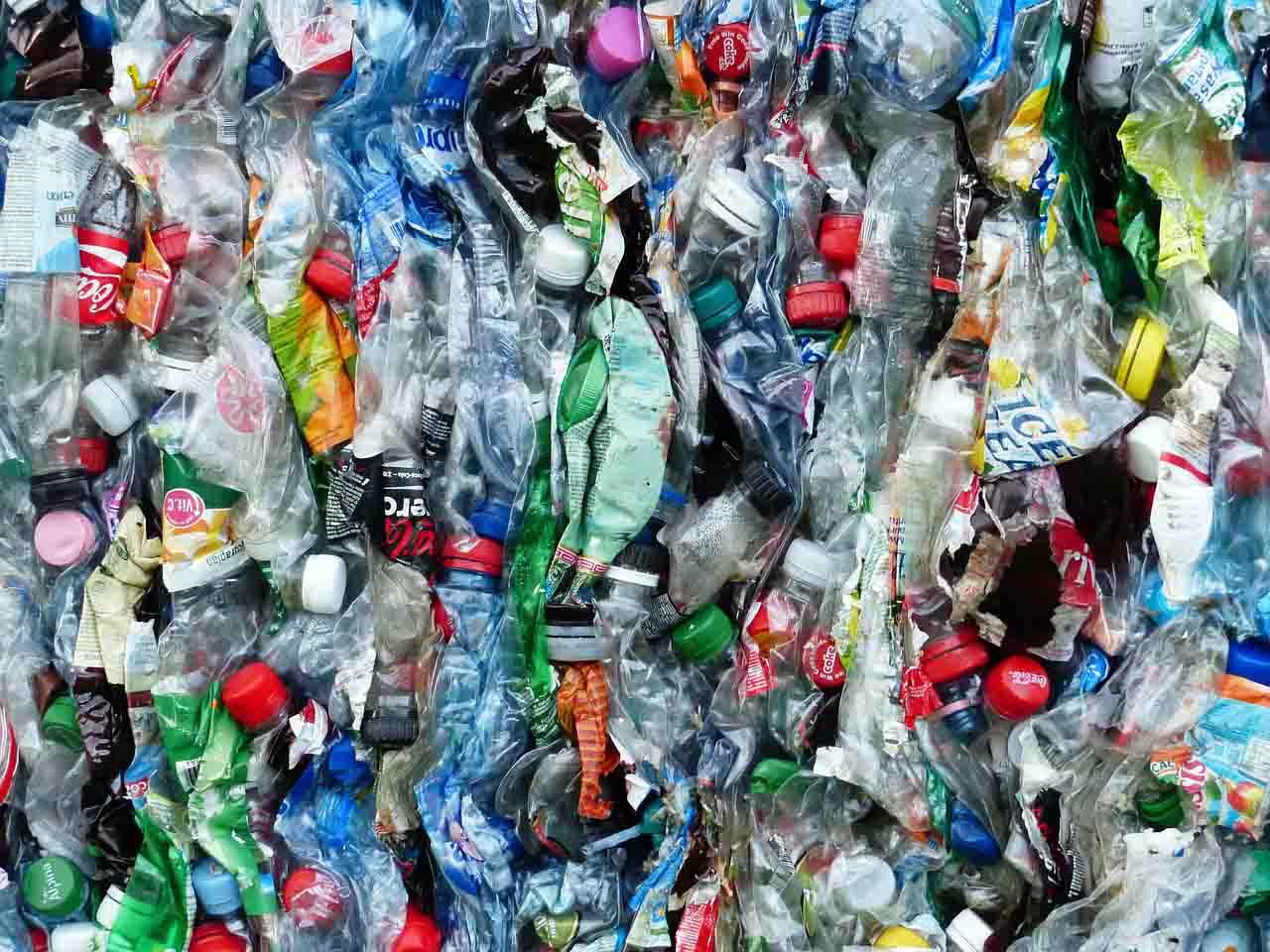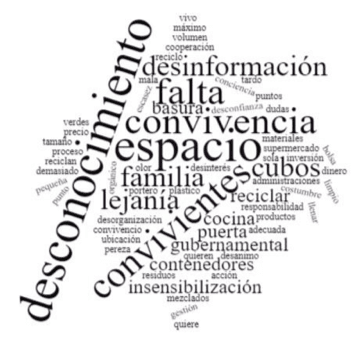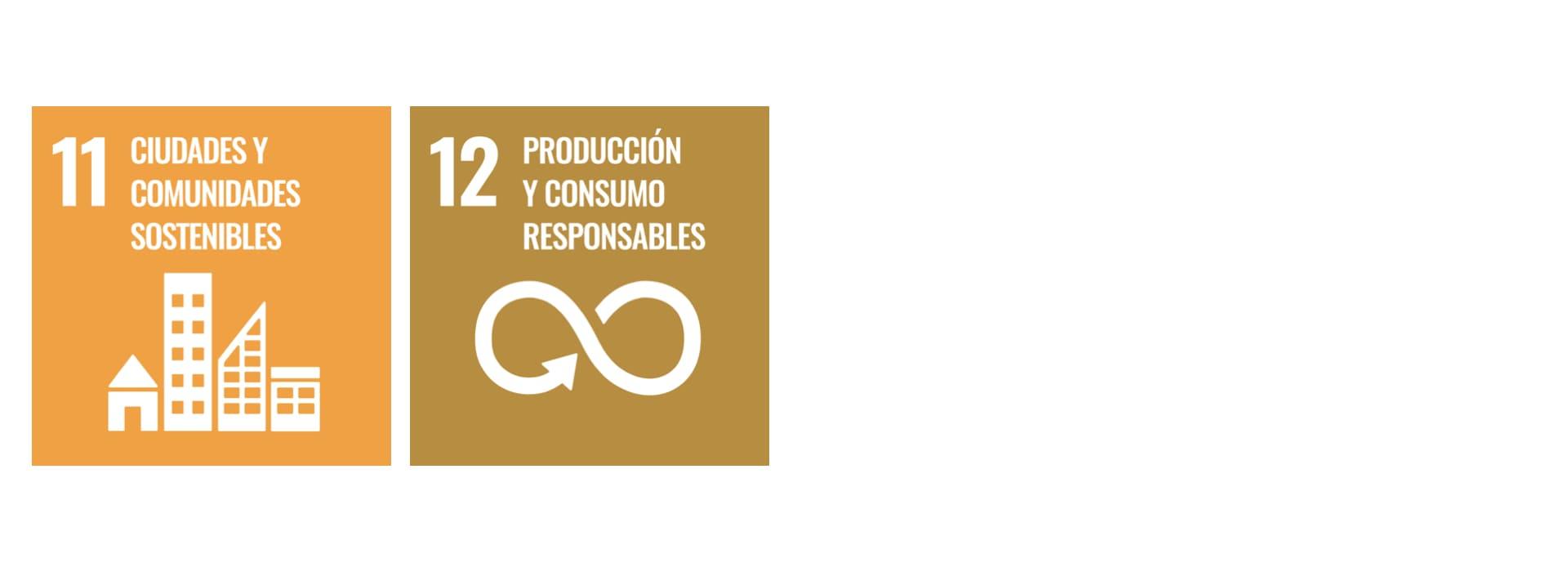Are we recycling properly in Catalonia?
12 Octubre - 2021
Carolina Luis Bassa
Director of Business & Management Strategy Dept.
Director of Mercadona Chair of Circular Economy
__
In Spain, the recycling process of the different types of waste is regulated by non-profit companies financed by producing companies and operating at national level. At present, the different companies in charge of the management of household waste streams in Spain are: Ecoembes, Ecovidrio, Ecopilas and Sigre, among other companies dedicated to waste electrical and electronic equipment.
Ecoembes has designed recycling guidelines that determine that the consumer must divide waste into six groups. Of these, five must be deposited in their corresponding container located in the street, and the remaining group must be deposited in a clean point. Each group and container in that group has a color assigned to it to facilitate the separation process. Thus, plastics must be deposited in the yellow container; glass in the green container; paper and cardboard in the blue container; organic waste in the brown container; and finally, the so-called "leftovers" in the gray container.
Table 1 shows which type of waste should be placed in which container and, in particular, some of the most confusing types of waste.

How do we Catalans recycle?
A study conducted by students at the Universitat Pompeu Fabra in May 2021, focusing mainly on consumers in Catalonia, asks questions related to how we recycle at home. After conducting the study, some findings were obtained around the answer to the question "Are we recycling correctly in Catalan households?"
Study shows that the levels of public awareness of the importance of recycling in the home and its direct relationship with the environmental crisis are high
Study found that levels of public awareness of the importance of household recycling and its necessity to address the environmental crisis are high across all age groups. This may be an indication that the awareness campaigns that public and private organizations have been promoting in recent years have succeeded in penetrating society. Specifically, the study showed that citizens over the age of 65 and women are the groups most aware of the environmental crisis and the need for recycling.
On the other hand, through a multiple-choice question based on classifying different household products among the five containers analyzed, the knowledge of individuals on how to recycle correctly was quantified. The results showed that 37.5% of the cases responded incorrectly. This percentage points to the fact that knowledge about how waste should be sorted is not being sufficient despite the fact that the level of sensitivity to recycling is high. This fact has repercussions on how Catalans carry out recycling in their homes, as the study showed that more knowledge on the part of the individual equals more recycling bins in the home and, therefore, optimal waste sorting.
Sixty-four percent of respondents gave a score of 6 or higher as their level of agreement with the statement "I feel that I lack the knowledge to be able to recycle correctly". Both results reinforce the conclusion that there is a need for more concrete information campaigns on how to recycle at home. The responses to this open-ended question are shown in Table 2.

Another finding of the study was the confusion between containers and the types of materials that should be placed in each one. It should be remembered that, because in Spain the separation system is by containers and not by materials, the public is not clear about which waste goes in which container. The same happens when a material is presented that is not associated with any color, as would be the case with wooden containers.
Research revealed a high degree of confusion regarding the containers and the materials to be disposed of in each container
For example, a common mistake when recycling is associated with plastic toys, since this material is linked to the yellow container. However, since it is not a container, it should be deposited in a clean point. Another example is that of a wooden basket, which does go into the yellow bin because it is packaging, but the consumer does not associate wood with this container. Along the same lines, we find the case of the ceramic jar in which the respondents did not associate ceramic with any material and did not know how it should be recycled.
Study also revealed the main factors that make it difficult for citizens to maintain a good recycling structure at home: distance from the containers; space in the kitchen and time to do it. To the open question "Is there any other factor that makes it difficult for you to maintain a good recycling order at home?", the answers yielded a word cloud [See Figure 1] in which the most mentioned words are visualized, among which are space, lack of knowledge, coexistence, misinformation or remoteness, among others.

One of the barriers that most individuals encounter in order to recycle correctly is lack of knowledge and misinformation about recycling, which is why it is convenient to carry out information campaigns aimed at specific groups of potential recyclers. Another barrier is space in living areas, since it is noted that kitchens/laundry rooms are very small and it is not easy or convenient to place all the necessary bins.
An integration of recycling space into the design of the house would be an ambitious but effective policy. In buildings already constructed without the option of renovation, vertical cube structures could be adapted to fit the space.
One of the main barriers encountered by consumers at the time of recycling is lack of knowledge and misinformation
The barrier caused by misinformation generates doubts about the correct classification of waste. Collective awareness in the household is another barrier to optimal recycling. The people surveyed said that their neighbors do not cooperate or do not pay attention to recycling.
It is important to note that there are significant differences between the proximity of dwellings and containers: respondents living in rural areas consider that they have containers further away than those living in an urban area. This result suggests the need to improve container management in rural areas so that citizens can properly manage their waste. Thus, investment in infrastructure to shorten the distance could encourage household recycling in these areas.
The results of the study show that the public of all ages has a high level of awareness of the importance of recycling, as well as the importance of responding to the environmental crisis, but that there are still significant gaps in information, structures and facilities for household recycling in Catalonia and Spain to be optimal. It is the task of public and private institutions to continue with environmental education campaigns that highlight the importance and benefits of proper recycling.
* The study cited in the article was prepared by Sara Álvarez Velasco, Júlia Gifré García, Irene Oliva Rodríguez and Alba Tort Llorens as part of their Final Degree Project in Business Administration, under the supervision of Carolina Luis Bassa, during the period March-June 2021.

